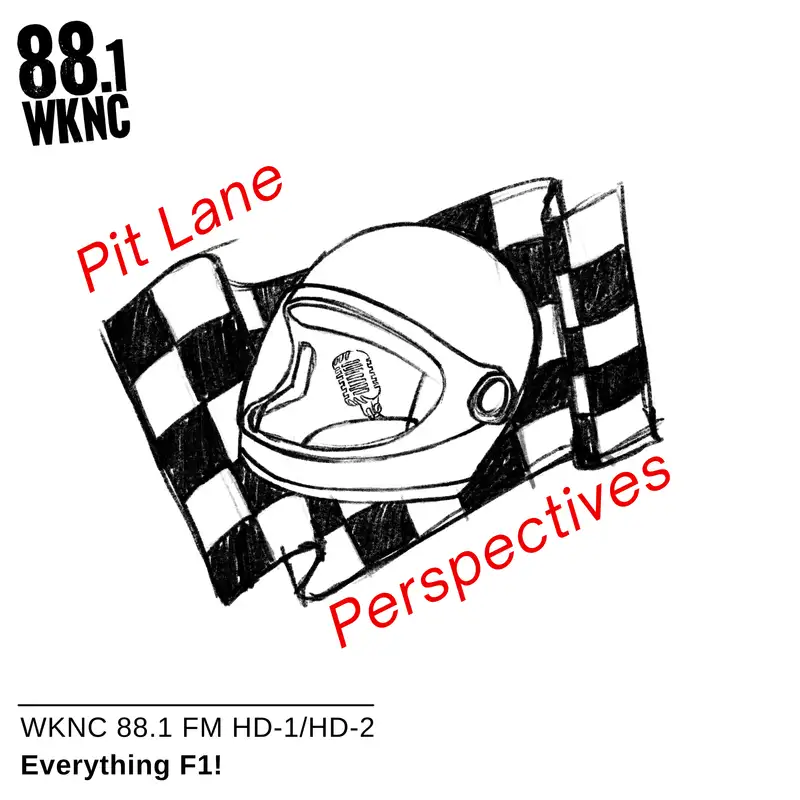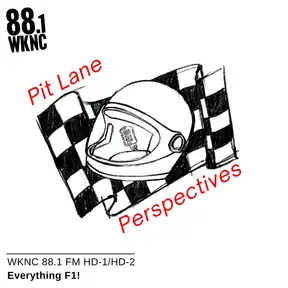WTF is F1
Download MP3Prathik Gunturu 0:00
Hey guys, and welcome back to pit lane perspectives. This is your host, Prathik Gunturu, and in this episode titled WTF is F1 we will be taking a deep dive into the history and background of F1 to get you watching races immediately. Let me put this idea into your head, regular road cars take five to 10 years to develop, but F1 cars are built in mere months, that too from scratch, meaning every nut and bolt is machined in house to meet specifications. Teams use high tech machines to produce their products, and their facilities are always at the forefront of technology. Formula One is the premier international single theater racing series sanctioned by the FIA. It traces its origins back to the inaugural season in 1950 and has since evolved into a global phenomenon, attracting millions of fans worldwide. Its most recent growth has come from the Netflix series drive to survive. But what makes F1 so popular? It's a blend of cutting edge technology and extraordinary talent, where the world's most skilled drivers push themselves and their cars to the absolute limit. These machines are not just vehicles. They are marvels of engineering, finely tuned for speed, agility and precision. Modern F1 consists of 10 teams, and these teams work endlessly, year after a year to place themselves at the high standing in the constructors championship. This brings us to the next topic, the Drivers Championship, which is my personal favorite. Each team is allowed two drivers for the season, and the respective points are summed up to form the constructors championship. Now these points can be gained from two ways, the F1 sprint race and the actual race. These points are allocated the same value throughout the year and are disputed with correspondence the driver's finishing position at the end of the race. One other opportunity for points is a fast lap point that drivers in the point scoring positions contend for. After all, every point matters when you are performing at the peak during the time on track. There are different colored flags that represent different meanings. The green flag allows uninterrupted racing, while the Yellow Flag informs drivers incidents that have taken place in track, doubled wave yellows tell the driver to slow down and be ready to stop if needed, while a red flag communicates the session has been suspended due to rain or an accident that occurred on track. Along with this, there is the blue flag to notify drivers that they are going to be lapped by the leaders and should prepare to let them with no racing. The final flag would be the black and white flag that works as a warning to communicate to the driver that they have breached the track limits and that a second violation would result in a penalty, just like any other sport, Formula One has its set of penalties for the drivers. These are handed out throughout the weekend and come in different forms, ranging from time penalties drive through penalties and grid penalties, with disqualification and suspension being the harshest of punishments. Firstly, they're the ones that come from warnings, like the track limit violations that I mentioned before, after set number of warnings, drivers face a penalty. Time penalties come in either five or 10 seconds, and the amount handed out depends on the violation. These penalties are either added onto the driver's time at the end of the race, or they are given a stop and go penalty, which requires them to pit and remain stationary for that period of time before rejoining the track. Another form of penalty is a grid penalty, where the driver's qualifying position is dropped down the grid before the start of the race. Drivers can usually get these handed during violations at previous race events or because of an issue from the previous day's qualifying session. Formula One race tracks are segmented into three sections. Name section one, two and three. Simple enough. These sections are generally used for deploying flags and giving a vague location to the drivers and the fans watching. It's also used for displaying lap times by splitting the lap into different factors, which can keep fans on the edge during qualifying. Did you know that if an F1 driver braked a 10th of a second too late, they would have. Overshot the turn by as much as 10 meters or 30 feet. With Formula One visiting a range of circuits around the world, they come at different track lengths, which necessitates a varied number of flaps such that the driver surpasses the minimum race distance of 190 miles, or 300 kilometers, the Monaco race is an exception to this. Another thing that comes with the different racetracks is the racing line. This racing line is the line that all drivers follow, as it's the optimal path that allows drivers to harness the full potential of the car while being the most efficient with the energy. However, the best of drivers experiment with these lines and are able to exploit them when the time comes. Now, Formula One is a sport that has many finer details, but the explanation here will give you the opportunities to start following the sport right away. Thanks for listening to this episode of pit lane perspectives, and stay tuned for further episodes. You.
Transcribed by https://otter.ai
Creators and Guests


